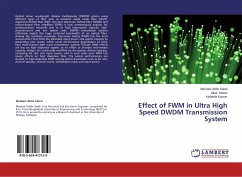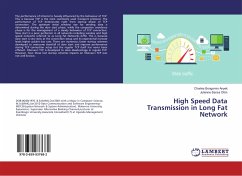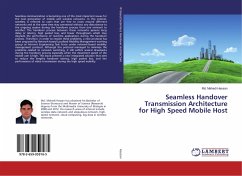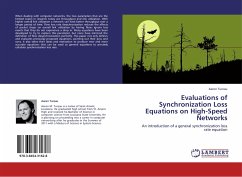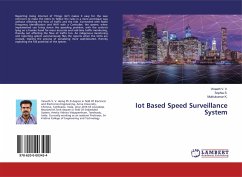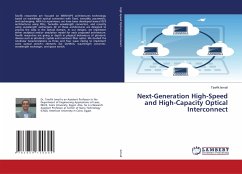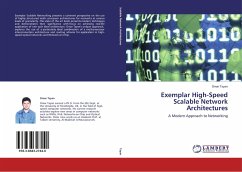Optical dense wavelength division multiplexing (DWDM) system using different types of fiber such as standard single mode fiber (SSMF), dispersion shifted fiber (DSF), non-zero dispersion shifted fiber (NZDSF) and erbium-doped fiber amplifiers (EDFA) is now tremendously popular for communication networks due to its high information capacity, high-channel-count and low system costs. DWDM transmission systems effectively exploit the huge potential bandwidth of an optical fiber. Among the nonlinear processes, four-wave mixing (FWM) has the most serious effect that limits the allowable input power and system capacity by generating new waves, which cause performance degradation of long-haul multi-channel light wave transmission systems. Though FWM effects are less on high dispersive system, as an effort to increase information capacity, designs are continually modified by decreasing channel spacing, increasing bit rate and input power, and in such cases even FWM has severe effects on high dispersive fiber. The system performances are studied on high dispersive SSMF varying system parameters such as bit rate, channel spacing, channel count, transmission reach and input power.

